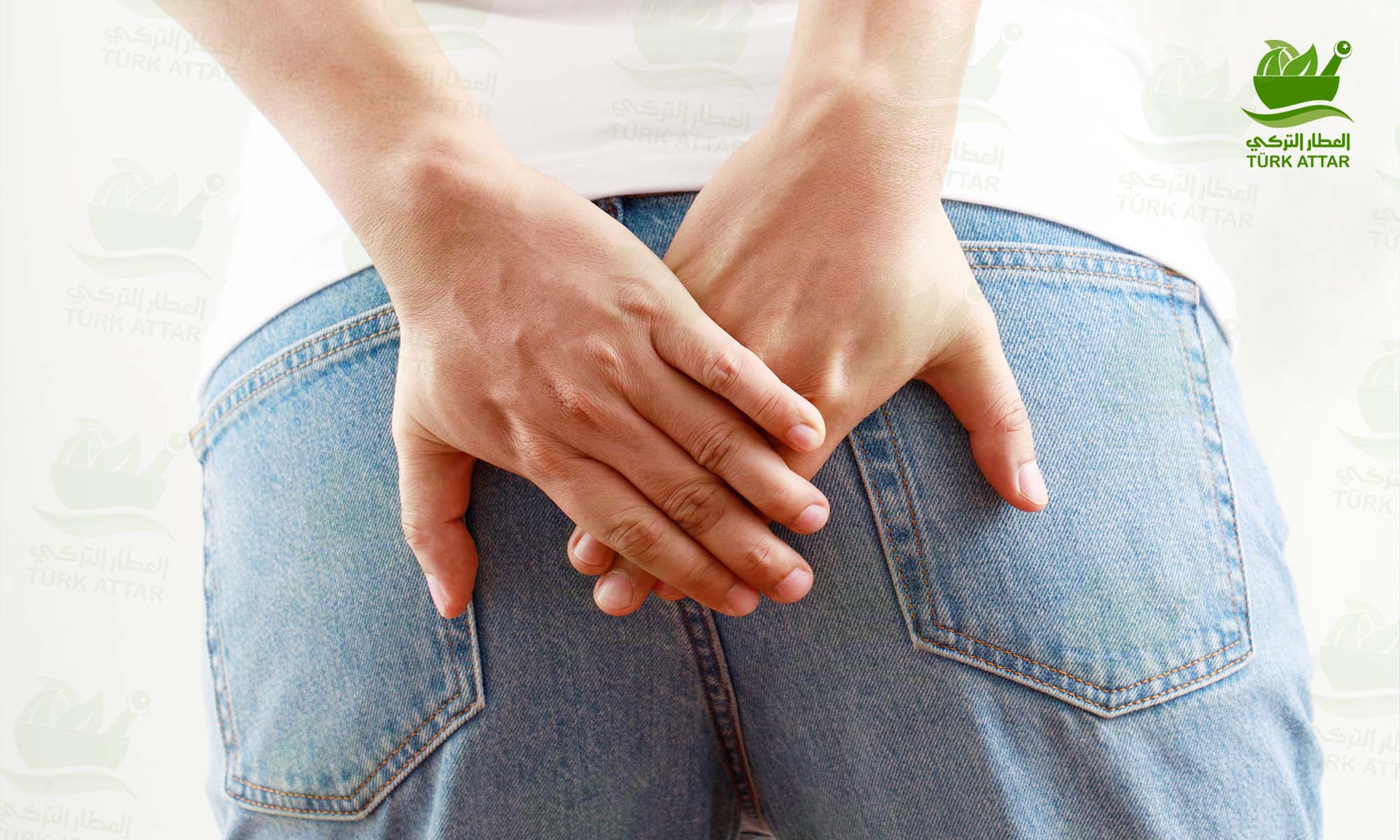
anal fissure in the simplest definition, cracks in the breech region due to various reasons. Tears in this area may develop due to straining and constant straining, or may occur due to frequent defecation and continuous cleaning of the breech area in people with diarrhea. The cracks formed in the area may look quite simply, however, they can cause very severe pain due to the sensitive nature of the area. This pain is felt like a sharp object, similar to a piece of glass, stuck in the breech area during defecation. There may also be bleeding in varying amounts depending on the size of the crack.
Anal Fissure
People who have anal fissure in the breech area due to constipation feel the need to keep their breech muscles constantly contracted in order to reduce the pain caused by tearing. At the same time, patients avoid going to the toilet, as a feeling of pain occurs with each defecation. These conditions increase the severity of constipation and prevent the healing of the disease. In some patients, the crack in the breech may have spread to a wider area in the anal canal. In this case, the recovery of the disease is more difficult, and the measures to be taken for constipation and diarrhea will have a greater share in the treatment.
What are the symptoms of anal fissure?
The symptoms of the disease are almost the same in all individuals who have a crack (anal fissure) problem in the anus. The most common symptoms are as follows:
Sensation of tearing during defecation
Pain and swelling in the anus
Staining on underwear due to bleeding or slight blood leakage
defecation difficulty
Itching and irritation
All these symptoms are usually the symptoms that indicate an anal fissure. However, since some diseases such as hemorrhoids, breech abscess or warts, breech prolapse, rectal cancer can present with symptoms similar to anal fissures, there is a possibility that the condition can be confused with these diseases. Therefore, if the above symptoms are observed, patients should definitely consult a physician and have the necessary examinations and tests done.
What are the causes of anal fissure?
Anal fissure may develop due to prolonged constipation, diarrhea, inflammatory bowel diseases such as Crohn's disease or ulcerative colitis, childbirth and similar causes. In addition, it is possible to develop cracks in the breech without any reason. Most of the patients have difficulty in defecation that has continued for a certain period of time before the formation of the crack. Another factor that causes crack formation is that the stool is very hard. In addition, insufficient fluid consumption and not giving enough place to fibre products in the daily diet are among the factors that cause hard stools.
In addition to the above, traumas may occur in the rectum in cases such as placement of rectal thermometers, colonoscopy, and enema during procedures applied for diagnosis and
treatment in medicine. In such cases, it may be recommended to use creams or pomades to prevent anal fissure formation during and after the procedure.
How is anal fissure diagnosed?
Anal fissure diagnosis can be easily diagnosed with a detailed physical examination by a specialist physician. If deemed necessary, endoscopy procedures can also be applied to examine the rectum or colon region. Similar breech diseases that can be confused with anal fissure should be taken into consideration during the diagnosis. In some cases of anal fissure, the formation of a small breast may occur. Care should be taken as these can be confused with the hemorrhoid nozzle in some cases. A detailed medical history should be taken of the patients who come to clinics with complaints of cracked rectum and related pain, bowel patterns should be asked, and whether there is a long-standing diarrhea or constipation problem should be investigated.
How is anal fissure treated?
The first step in the treatment of constipation is to eliminate the problem of constipation. The best method for this is to create a healthy and balanced diet plan. Whole grain breads, legumes, fruits and vegetables, and oilseeds are the best and healthiest sources of dietary fibre. Placing these foods in a regular diet plan is very effective in increasing the volume of stool and bringing its consistency to the proper shape. In addition, attention should be paid to water consumption in the range of 2-2.5 liters per day. Stool softener medication may be recommended for patients who continue to have constipation problems due to reasons such as spastic colon and intestinal laziness despite paying attention to their diet.
Most of the anal fissures detected in the early period can be healed in a short time with the use of medication and nutrition. However, surgical operation may be required in long-standing, untreated breech cracks with enlarged crack surface and breast formation. The operation called internal sphincterotomy is a procedure that is frequently preferred in the treatment of chronic anal fissures and is applied in the form of cutting and loosening the internal breech muscle. With this procedure, which can be applied under general or local anesthesia, many chronic advanced anal fissures are treated, and it is possible for patients to return to their daily lives within 48 hours. At the same time, the use of ointments that help reduce pressure in the anal canal, in anal fissure treatment, it can be preferred both alone and as a support in addition to other methods. Botox injection, which has been used in recent years, is another treatment method that can be applied in a very short time without the need for anesthesia in patients with suitable conditions.
Untreated breech fissures may progress and become chronic. In this case, surgical operations will often become the only solution. If you are also experiencing an anal fissure problem, you should immediately apply to a health institution and go through a doctor's control. You can plan your treatment process in line with your doctor's recommendations by having the necessary examination and diagnostic tests for your disease in the early period.

29 Comment(s)
1
1
1
1
1
1
1
1
1
1
1
1
1
1
1
1
1
1
1
1
1
1
1
1
1
1
1
1
1
1
1
1
1
1
1
1
1
1
1
1
1
1
1
1
1
1
1
1
1
1
1
1
1
1
1
1
1
1
1
1
1
1
1
1
1
1
1
1
1
1
1
1
1
1
1
1
1
1
1
1
1
1
1
1
1
1
1
1
1
1
1
1
1
1
1
1
1
1
1
1
1
1
1
1
1
1
1
1
1
1
1
1
1
1
1
1
1
1
1
1
1
1
1
1
1
1
1
1
1
1
1
1
1
1
1
1
1
1
1
1
1
1
1
1
1
1
1
1
1
1
1
1
1
1
1
Leave a Comment